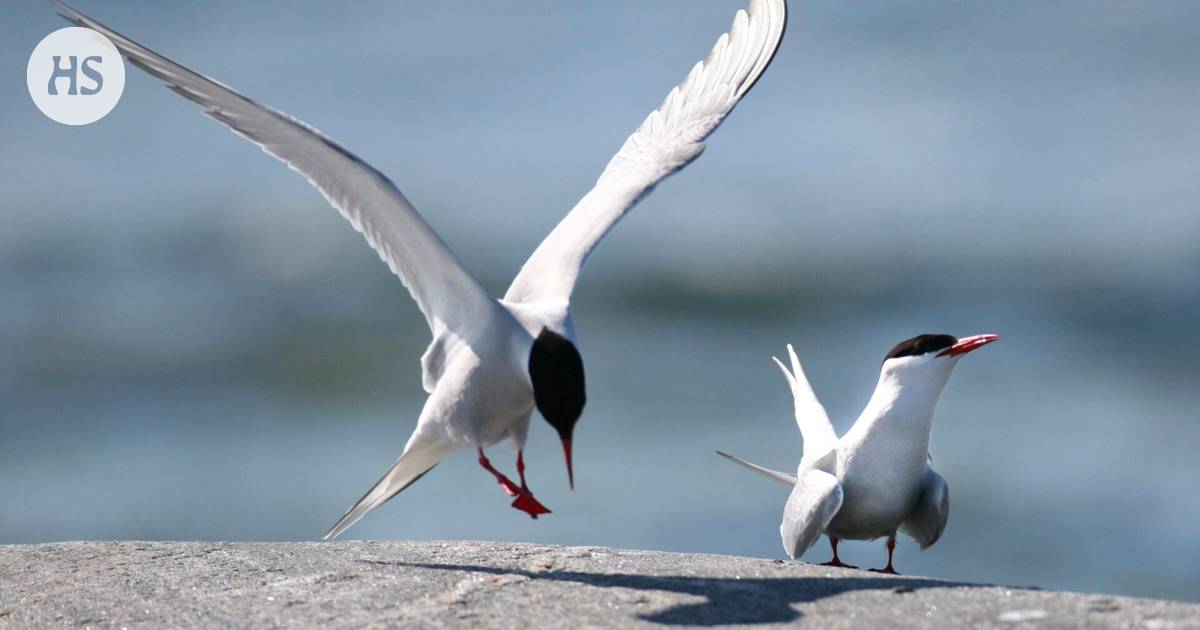Birds|Lapland terns are only challenged by the food situation during the nesting season.
On long trips our migratory bird, the Lapland tern, has chosen a lifestyle that helps it tolerate climate change.
The visitor to Antarctica does not seem to suffer much, even if humanity’s carbon dioxide emissions increase strongly by the year 2100.
Thus say researchers from several countries who modeled the change Global Change Biology-in leaf. They tell about the results in the bulletin.
They mapped the journeys of lapwing terns nesting in Sweden, Iceland and Greenland using locators attached to the birds. In addition, they compared futures under different conditions of climate emissions.
Researchers estimate that in the future the species will probably be hindered by one thing. It is a certain degree of depletion of food in the North Atlantic. If the loss is not too severe, the birds can adapt to it.
For like this arriving at the result was not at all self-evident.
A bird shuttling between the northernmost and southernmost seas has to face both the rapid changes of the polar regions and the climate of all other latitudes on Earth.
Lapwing terns, which nest here around the North Atlantic, leave for their spring migration from Antarctic waters in March–April.
They rush to get there in plenty of months from pretty much in the middle of the Atlantic and only stop impatiently to refuel with small fish and crustaceans. The fin is not diminishing decisively, and the tailwinds are apparently getting stronger, the researchers predict.
On the other hand, in the North Atlantic, the food supply during the nesting season, i.e. May–August, is probably decreasing. The basic biological production decreases as the sea currents change. However, the extent and pace of the change cannot yet be predicted.
On his autumn migration towards the south, in August–October, the birds dine unhurriedly in the nutrient-rich upwelling area of the southwest coast of Africa and in the waters of the southern islands of the Indian Ocean.
There will be enough gloom in the future as well. The winds become just a little more contrary.
In Antarctic waters between October and March, terns fish for krill crustaceans and rest on sea ice during their feather harvest.
The ice is not decreasing as drastically as in the north, and there will be enough krill. Headwinds are getting stronger, but there’s no rush at that time of year.
On its journeys, the lapwing flies as far as the Antarctic seas and back.
